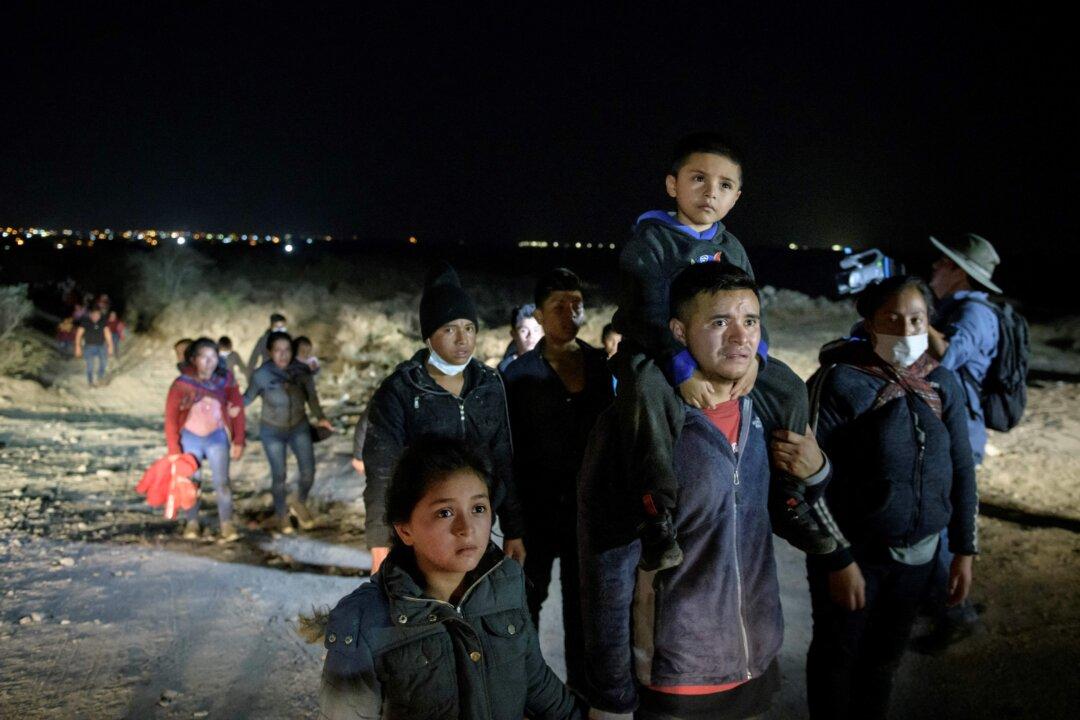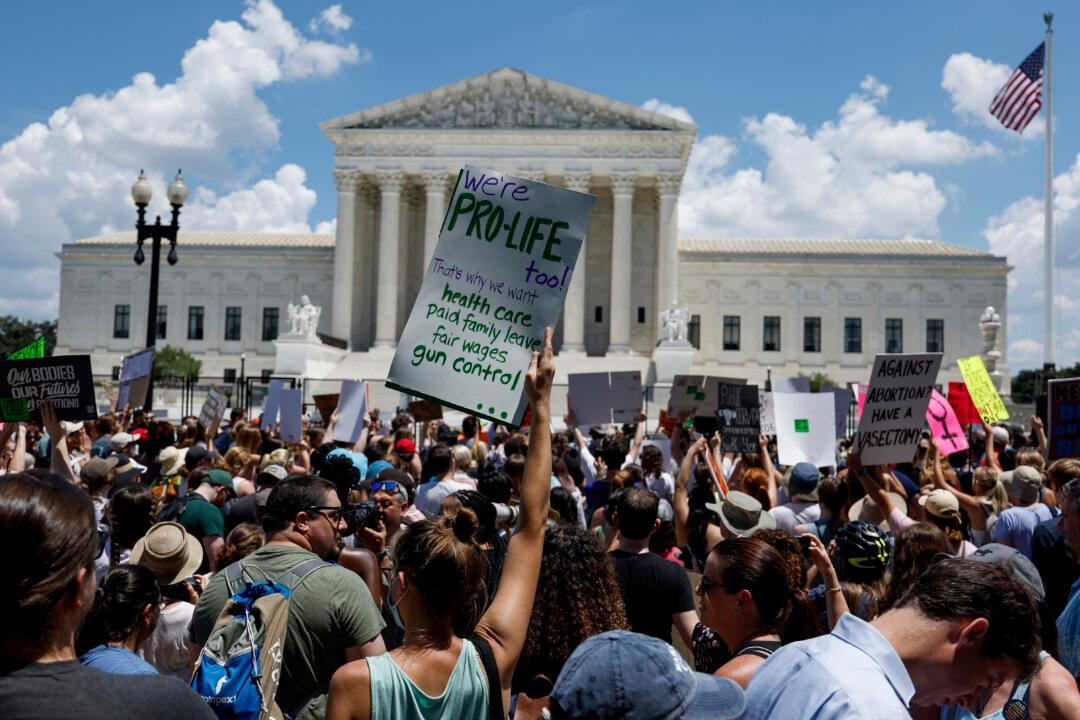As the Biden administration struggles to process the surging influx of illegal immigrants, the White House on Tuesday revealed a plan to overhaul immigration at the U.S.–Mexico border.
This new plan comes a day after the Biden administration received criticism from immigration advocates for a statement in which the Department of Homeland Security (DHS) said they will speed up deportations of certain family units who try to enter the United States illegally between ports of entry.





